Why do others save more fuel when driving? Decoding the three key factors affecting car fuel consumption
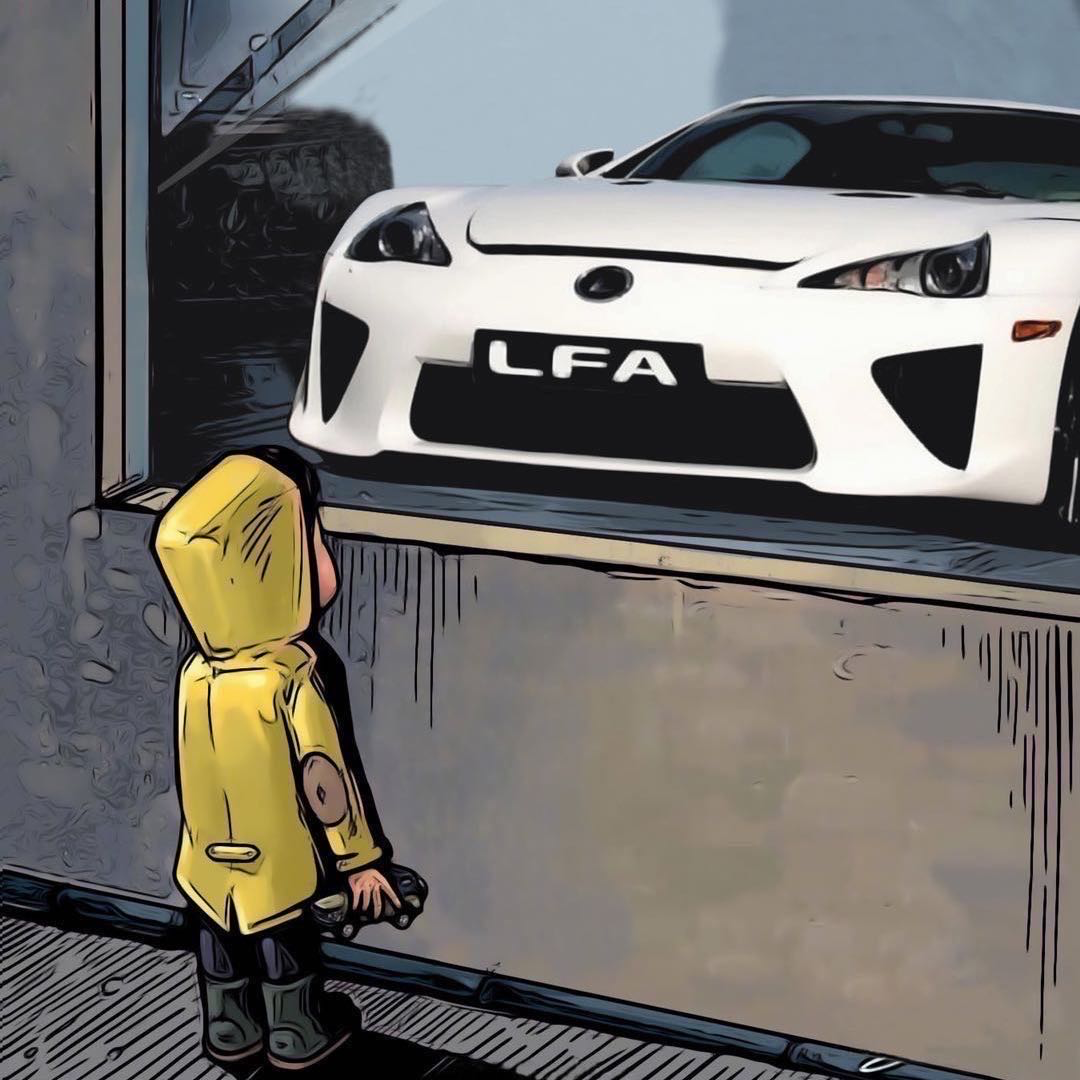 LienSep 12, 2024, 12:16 PM
LienSep 12, 2024, 12:16 PM
If you've ever been part of a car enthusiasts group, you'll discover that the same model of car, some people only consume 5L of fuel per hundred kilometers, while your car consumes as much as 8L per hundred kilometers. If you calculate it, your car's yearly cost would be significantly higher than others. As an essential indicator of a vehicle's economic performance, fuel consumption is influenced by several factors. Developing good driving habits can help you reduce car costs. This article will deeply analyze the three key aspects that impact fuel consumption — the car itself, road conditions, and driving habits — from the three aspects.
1.Factors of the Vehicle Itself
The design and manufacturing characteristics of a vehicle play a decisive role in fuel consumption. First, engine technology is one of the core factors. From the early carburetor technology to modern direct-injection systems, the continuous improvement in engine technology has significantly improved fuel combustion efficiency. The direct-injection system reduces fuel consumption by controlling the injection volume and timing precisely, ensuring that fuel is thoroughly combusted in the cylinder. Besides, engine type, displacement, and compression ratio parameters also affect fuel consumption.
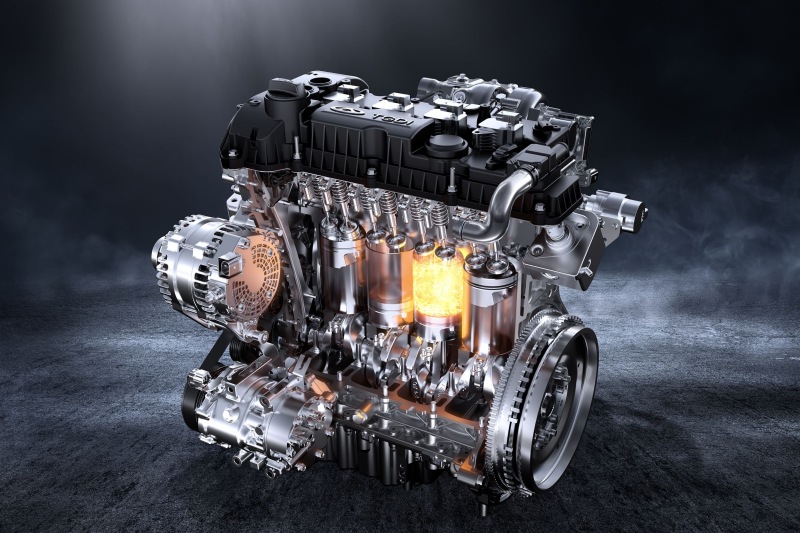
So, if you use your vehicle very frequently and drive over 20,000 kilometers a year, choosing a vehicle with advanced engine technology and low consumption is crucial. On the international market, Japanese and Korean cars primarily stand out for being fuel-efficient, while the new energy vehicles of Chinese brands also have excellent performance in terms of fuel consumption.
Aside from the engine, the vehicle's weight and wind resistance coefficient also play a significant role in determining fuel consumption. The lighter the vehicle, the less energy required when the vehicle is moving, and thus the lower the fuel consumption. The wind resistance coefficient reflects the amount of air resistance a vehicle faces when moving. The lower the wind resistance coefficient, the less the air resistance, and the lower the fuel consumption.
2. Road Condition Factors
The impact of road conditions on fuel consumption cannot be underestimated. In congested urban conditions, the frequent acceleration, deceleration, and idling not only increase the engine load, but also prevent the fuel from fully combusting, thereby increasing fuel consumption. By contrast, when traveling on well-paved roads like highways, vehicles can maintain relatively stable speed and RPM, allowing for more efficient fuel combustion and lower fuel consumption.
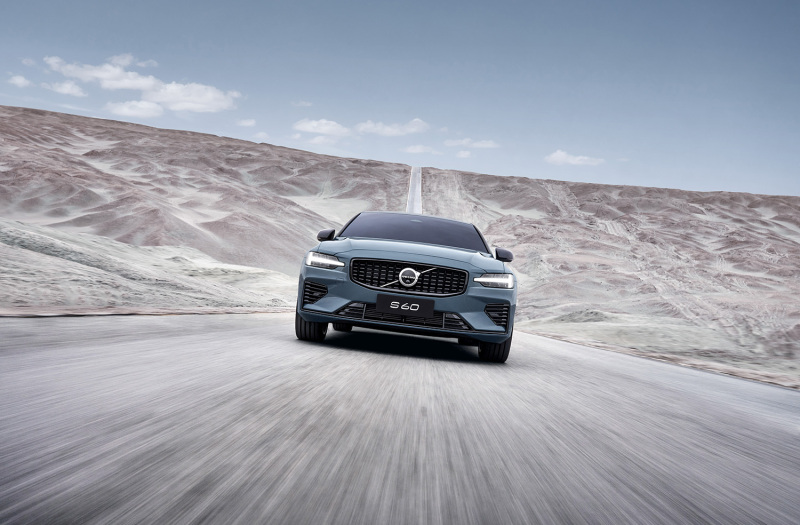
In addition, the slope and quality of the road will also have an impact on fuel consumption. Steep roads require vehicles to overcome gravity and do work, increasing fuel consumption; roads with poor surface quality increase the resistance to vehicle movement, also increasing fuel consumption.
3.driving habits
Driving habits are a factor that affects car fuel consumption later in life, but their influence cannot be ignored. Rapid acceleration and hard braking are one of the main reasons for increased fuel consumption. When a car accelerates rapidly, the engine needs to consume more fuel to provide power; on the other hand, hard braking turns the vehicle's kinetic energy into heat and dissipates it, wasting fuel. Therefore, good driving habits should maintain a constant speed, avoid rapid acceleration and hard braking.
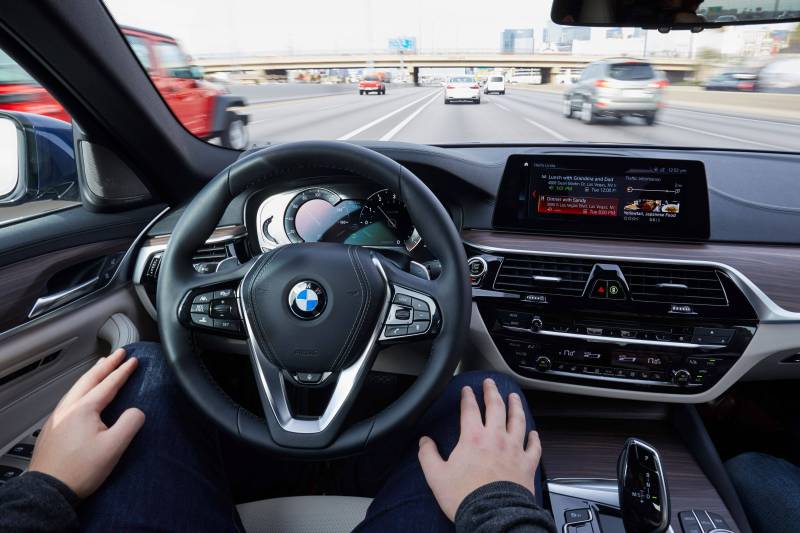
In addition, unreasonable gear selection will also affect fuel consumption. During driving, you should choose the appropriate gear according to different road conditions and driving speeds. If the gear selection is unreasonable, such as using high gears at low speeds or low gears at high speeds, it will cause the engine to run unevenly and increase fuel consumption.
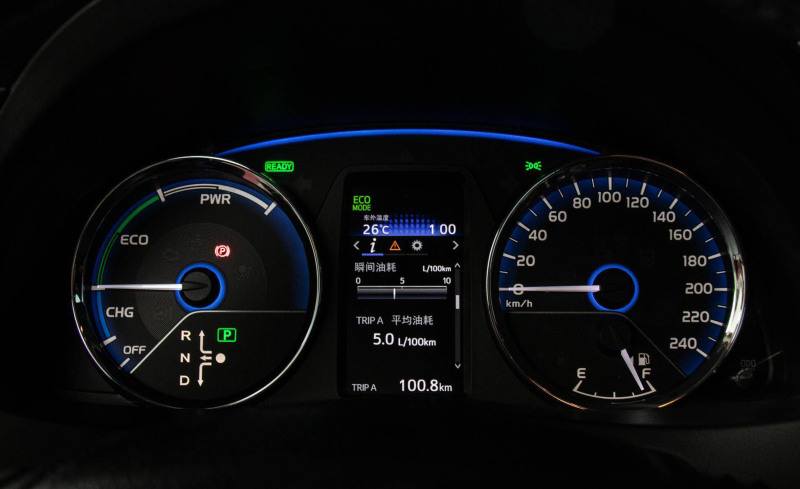
In summary, the fuel consumption of cars is influenced by three key factors: the car itself, road conditions, and driving habits. To reduce fuel consumption, we can start from these three aspects: choose models with better fuel economy, plan travel routes to avoid congested sections, and develop good driving habits, etc. Only in this way can we enjoy the convenience brought by cars and achieve more economical and environmentally friendly travel.
If any infringement occurs, please contact us for deletion

BYD Plans to Promote 1000V High Voltage Super Charging Stations and Its Models on a Large Scale
【PCauto】Recently, the news that BYD plans to massively implement a 1000V high-voltage supercharging platform has attracted widespread attention. It is reported that this platform will be launched in the middle of March this year and supports super-fast charging above 5C. After its release, it will quickly be popularized to its own models and large-scale construction of 1000V supercharging stations.This move will undoubtedly set off a wave in the new energy vehicle market. Let's delve into the te

XPENG G9 is about to be launched in China, bringing 66 upgrades in features
【PCauto】XPENG has recently announced that the 2025 XPENG G9 will soon be launched in China. Although the official did not announce the time and price, the success of XPENG G6 and X9 has rekindled expectations for the once-failed G9 by XPENG. In terms of appearance, the G9 continues the X-BOT FACE 3.0 design language, with a closed grill at the front paired with split-style headlights on both sides, new two-tone collision colors and all-black body styles, with a petal-style wheel hub. Combining

BYD YANGWANG U7 Launches with World's First Suspension Charging Tech
[PCauto] On March 27, BYD YANGWANG U7 was launched, with two power versions of pure electric and plug-in hybrid, a total of four models. YANGWANG U7 EV Five-seater Luxury Edition, priced at about 292.85 million baht/RM38.31 YANGWANG U7 EV Four-seater Flagship Edition, priced at about 330.04 million baht/RM43.19 YANGWANG U7 PHEV Five-seater Luxury Edition, priced at about 292.85 million baht/RM38.31 YANGWANG U7 PHEV Four-seater Flagship Edition, priced at about 330.04 million bah

Toyota Expands PHEV Lineup with Crown Estate Launching in Japan
【PCauto】Toyota has launched the new Crown Estate model in Japan. The Estate is the fourth model in the Crown series, and a plug-in hybrid version is also available.The Crown Estate combines design elements of station wagons and SUVs. It's built on the TNGA-K platform and has elegant body lines and spacious interior space. The vehicle's exterior design is exquisite, with the iconic hammerhead front face paired with large-size alloy wheels, showing the temperament of the Crown. In terms of body si

What will the new Perodua Car look like in 2025? What kind of changes will they undergo?
【PCauto】In 2025, Perodua will introduce a series of anticipated new car dynamics, covering the launch of new models and remodeling of several existing models, whether in the bold step in the field of electrification or in the optimization of classical models.Perodua is to launch its first electric car in 2025Perodua's first pure electric car is expected to go on sale officially in the fourth quarter of 2025. To ensure the vehicle's performance and quality, Perodua may initiate testing work as ea
Popular Cars
Car Compare

